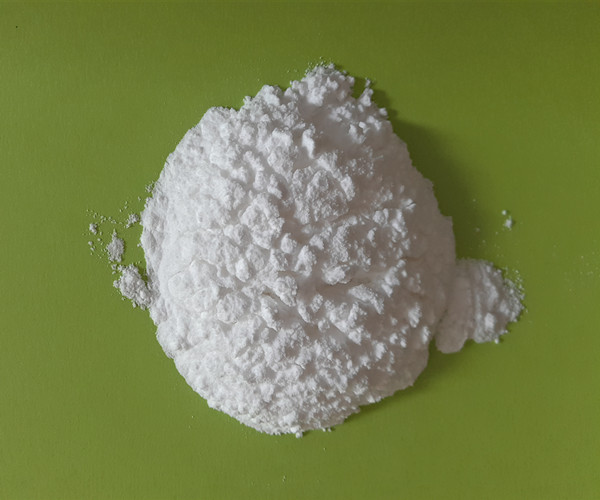Fareston will display both estrogen antagonist / agonist properties in the body. This puts Fareston in the same category as Nolvadex and Clomid, the two most popular drugs in Farestons category. FARESTON is an estrogen agonist/antagonist indicated for the treatment of metastatic breast cancer in postmenopausal women with estrogen-receptor positive or unknown tumors.
Toremifene administration for a period of 3 months in men with idiopathic oligozoospermia is associated with significant improvements of sperm count, motility, and morphology, mediated by increased gonadotropin secretion and possibly a direct beneficial effect of toremifene on the testes. The above findings are also indicative of a better testicular exocrine (improved sperm parameters) response to treatment in men whose partners achieved pregnancy compared with those who did not. Further randomized, placebo-controlled trials should be conducted to determine whether this particular selective estrogen receptor modulator can be useful as an initial approach in men with oligozoospermia.
Toremifene Citrate improved lipid profiles, particularly as an enhancer of high density lipoprotein cholesterol. it improved low density lipoprotein cholesterol levels.Both fareston and tamoxifen selective estrogen receptor modulators and equivalent treatments for metastatic breast cancer.No significant differences were found between treatment with either tamoxifen or fareston Treatment of HR-positive patients with either tamoxifen or toremifene is appropriate.In treating idiopathic oligozoospermia, tamoxifen and fareston are roughly equally effective but raloxifene is not.The antiestrogenic effects of SERMs at the hypothalamic level result in a statistically significant increase of gonadotropin levels, which is more marked for tamoxifen and fareston compared with raloxifene













